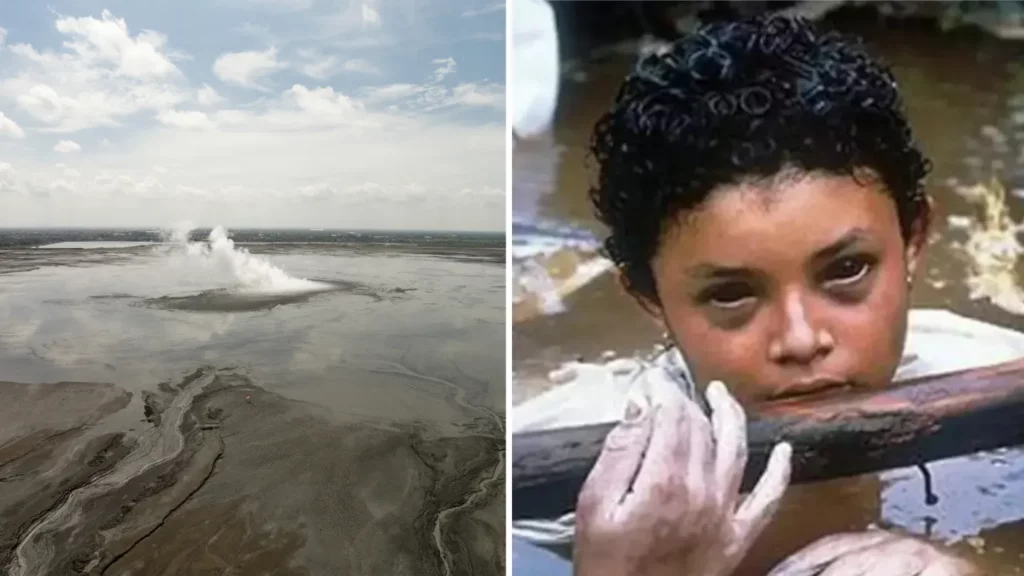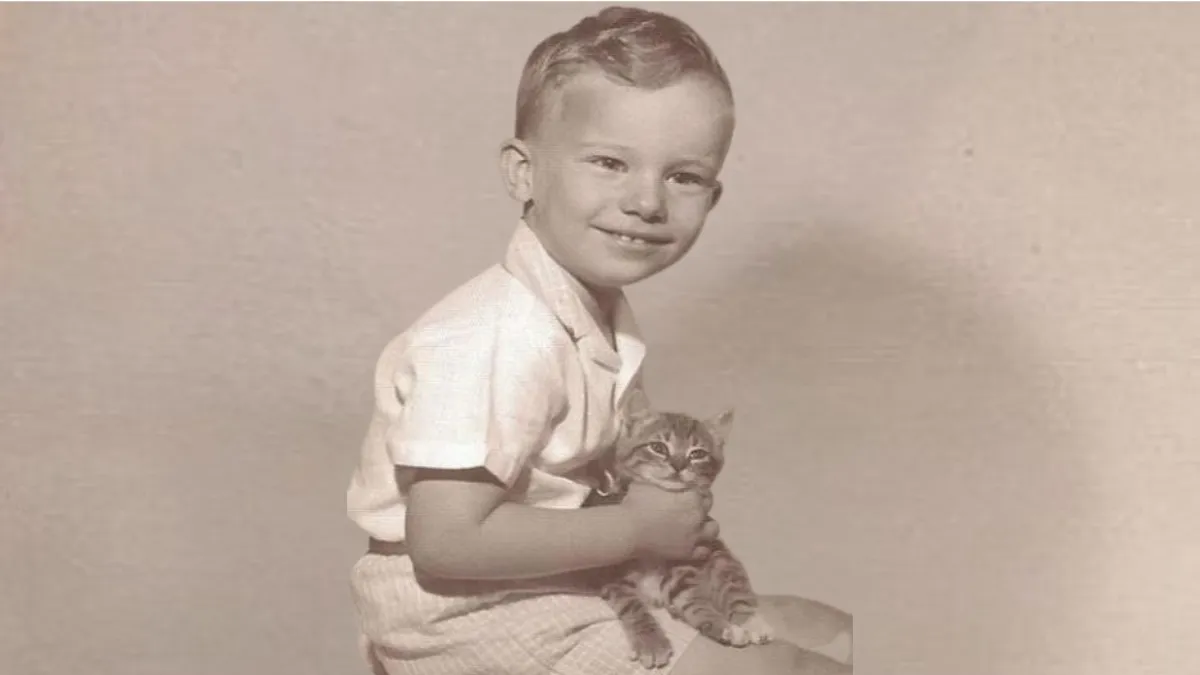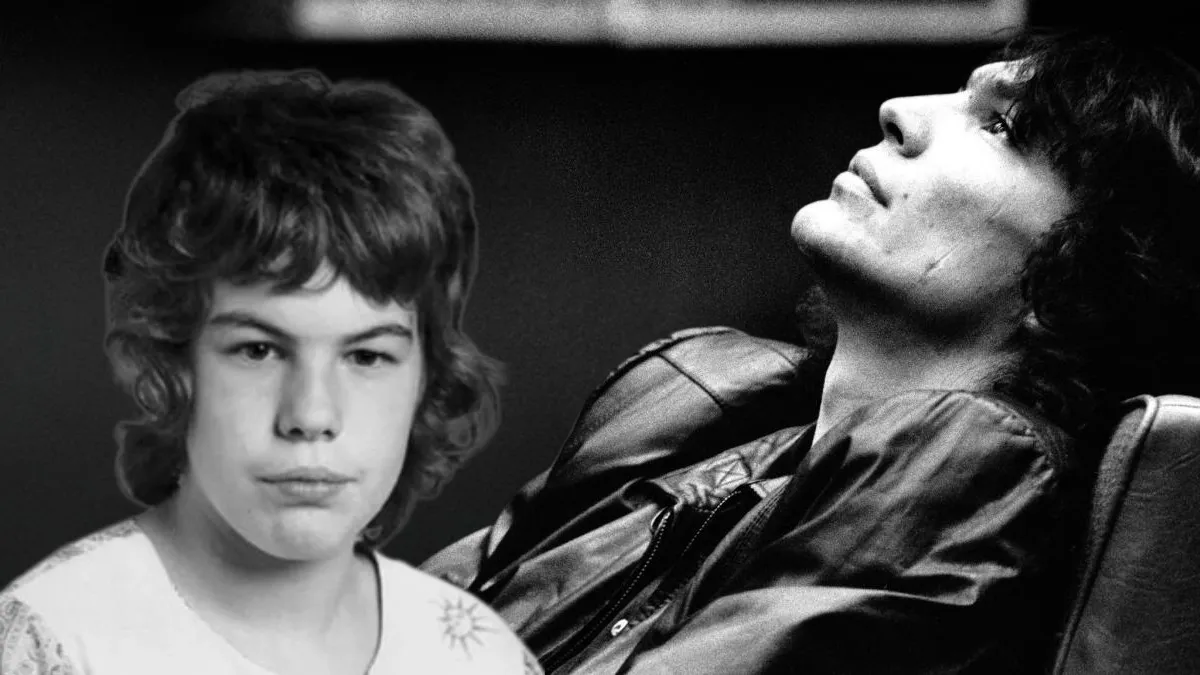In November 1985, the Nevado del Ruiz volcano in Colombia catastrophically erupted, causing a deadly mudflow that decimated the town of Armero and claimed the lives of approximately 25,000 people.
This disaster is remembered not just for its horrific death toll but for the poignant images that captured the world’s attention, particularly of Omayra Sánchez Garzón, a 13-year-old girl trapped in the debris.
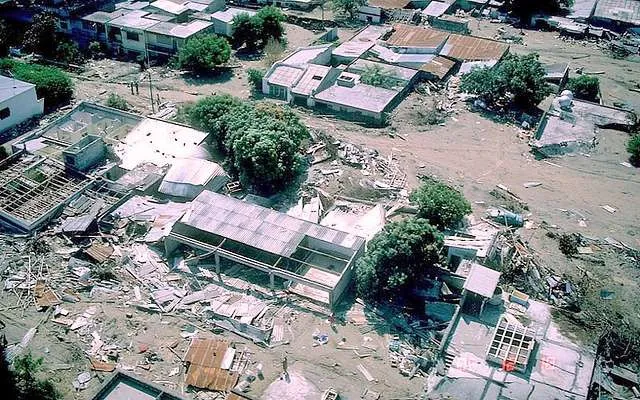
Omayra was pinned beneath the ruins of her own home, surrounded by a toxic mixture of volcanic lava and ice known as lahar, which ravaged the river valleys and villages in its path. Despite being stuck under the debris with her deceased aunt’s arms around her, her plight was broadcast globally, drawing attention to the severe lack of preparedness by local authorities.
Her haunting final words, captured on camera, were heartfelt messages to her family: “Mommy, I love you so much, daddy I love you, brother I love you.” Rescue attempts to save Omayra were desperate and continuous but ultimately futile due to the complexity of her entrapment.
Rescuers placed a tire around her to prevent her from drowning and provided sweets and soda to comfort her during her final hours. Medical teams on-site determined that amputation was the only possible rescue method, but lacked the necessary equipment to perform it safely under such hazardous conditions.
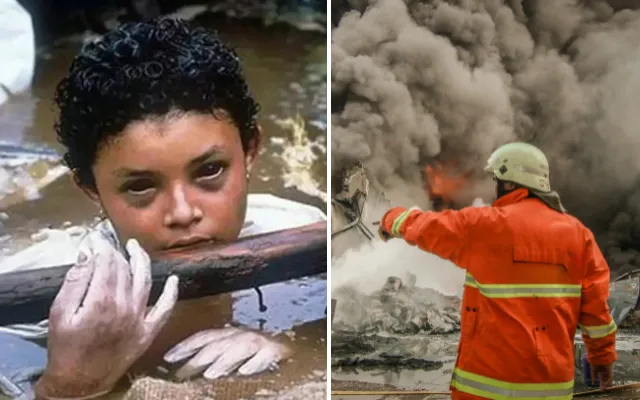
The image that encapsulated Omayra’s dire situation was taken by French photographer Frank Fournier, whose photo of her bloodshot, black-looking eyes went viral. Fournier, criticized by some for not assisting, explained that physically saving her was impossible.
He stated in a BBC interview, “There was an outcry—debates on television about the nature of the photojournalist, to what extent he or she is a vulture. But I felt the story was important for me to report, and I was happier that there was some reaction; it would have been worse if people had not cared about it.”
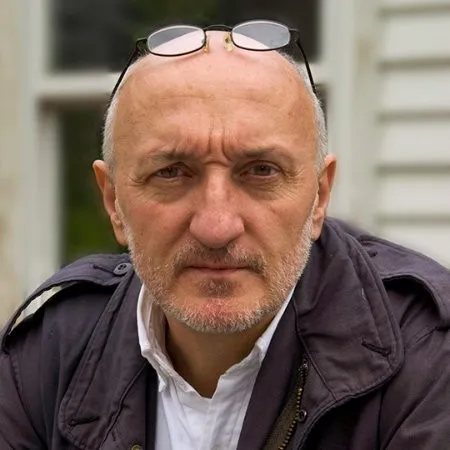
Frank Fournier believed that his photograph brought global attention to the tragedy, helping to raise funds for aid and highlighting the irresponsibility and lack of courage of Colombia’s leaders at the time. He emphasized the lack of evacuation plans despite prior warnings from scientists about the potential for a catastrophic eruption.
Fournier described his role as a bridge connecting the world to Omayra’s suffering, hoping his work would spur greater disaster preparedness and accountability. Omayra’s tragic end on November 16, three days after the eruption, believed to be from hypothermia or gangrene, left a lasting impact on the world.
Her resilience and dignity in the face of death moved many and sparked a discussion about the ethics of photojournalism and the critical need for effective emergency response strategies. Reflecting on the power of imagery and storytelling, Fournier’s controversial yet iconic photo remains a sobering reminder of the human cost of natural disasters and the profound effect of visual media on public perception and action.
Through this tragedy, the world witnessed not only the devastating power of nature but also the enduring spirit of a young girl, whose bravery in her final moments continues to inspire calls for change in disaster management practices worldwide.

